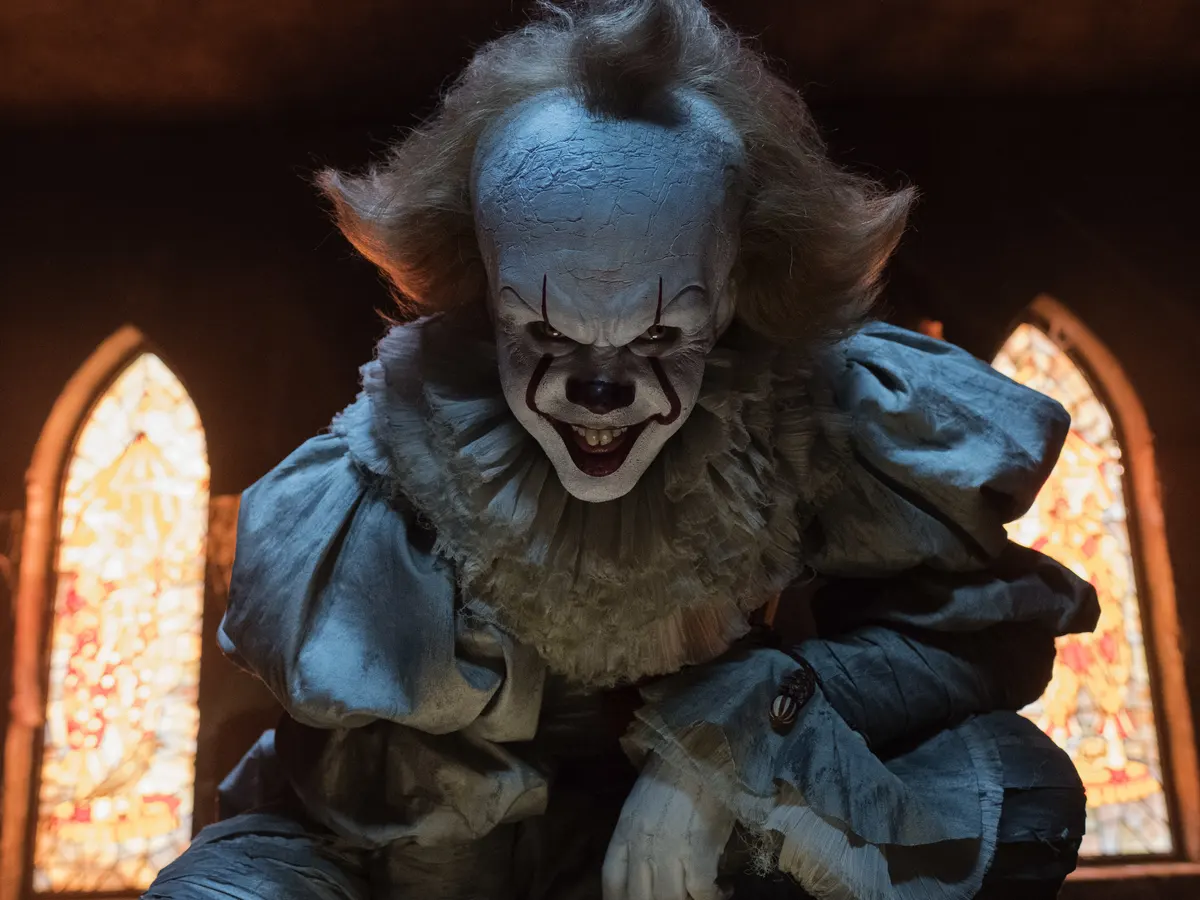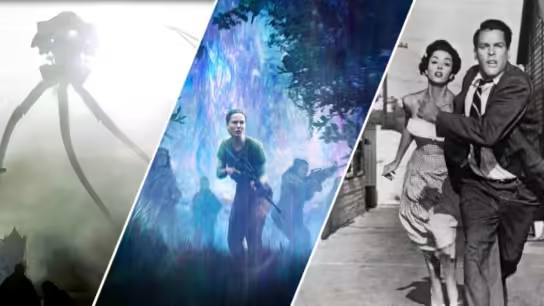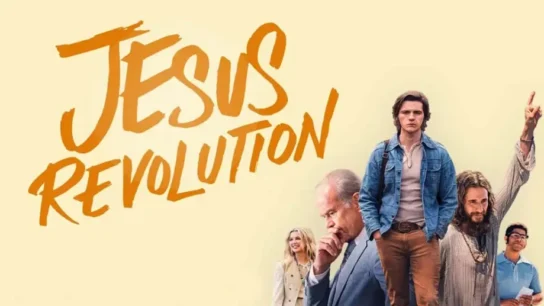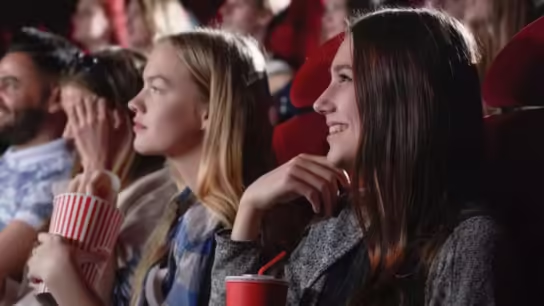The 1960s marked a pivotal era in the history of horror cinema, characterized by a shift from the Gothic horror of the preceding decades to more modern and psychologically nuanced narratives. This decade saw the emergence of several iconic films and directors that shaped the genre in profound ways. Let’s delve into the world of 1960s horror movies and explore their enduring impact.
Evolution of Themes and Styles
1. Psychological Horror Takes Center Stage: Unlike the supernatural themes predominant in earlier horror films, many 1960s movies focused on psychological terror. Films like “Psycho” (1960) directed by Alfred Hitchcock, exemplified this shift. It delved into the disturbed mind of its protagonist, Norman Bates, and introduced audiences to a new kind of horror rooted in human psychology.
2. Gothic Revival: Despite the shift towards psychological horror, the decade also saw a revival of Gothic horror elements, albeit with modern sensibilities. “The Haunting” (1963) directed by Robert Wise, adapted from Shirley Jackson’s novel, exemplifies this blend of psychological depth and eerie Gothic atmosphere.
3. Exploration of Taboos: 1960s horror movies often pushed the boundaries of what was considered acceptable on screen, exploring themes of sexuality, violence, and societal taboos more openly. “Rosemary’s Baby” (1968) directed by Roman Polanski, exemplifies this trend with its disturbing exploration of pregnancy and maternal anxiety.
Iconic Films and Directors
1. Alfred Hitchcock’s Legacy: Hitchcock’s influence extended beyond “Psycho.” His 1963 film “The Birds” combined natural horror with psychological tension, showcasing his mastery in creating suspense through ordinary situations.
2. Hammer Horror Productions: The British studio Hammer Film Productions became synonymous with horror in the 1960s, reviving classic monster movies with a modern twist. Films like “Dracula” (1958) and “The Curse of Frankenstein” (1957) set the stage for a series of sequels and spin-offs throughout the decade.
3. Italian Giallo Films: While not strictly horror in the traditional sense, Italian giallo films of the 1960s laid the groundwork for future slasher and suspense films. Directors like Mario Bava with “Blood and Black Lace” (1964) and Dario Argento with “The Bird with the Crystal Plumage” (1970) introduced stylish visuals and intricate murder mysteries that influenced the genre globally.
Cultural Impact and Legacy
The 1960s laid the foundation for modern horror cinema, influencing filmmakers and audiences alike with its innovative storytelling and visual techniques. These films challenged conventions, blurred the lines between genres, and paved the way for the more explicit and psychologically complex horror films of later decades.
In conclusion, the 1960s were a transformative period for horror cinema, characterized by a diverse range of themes, styles, and innovations. From psychological thrillers to Gothic revivals and boundary-pushing narratives, the films of this era continue to captivate audiences and inspire filmmakers, ensuring their lasting legacy in the annals of cinematic history.





